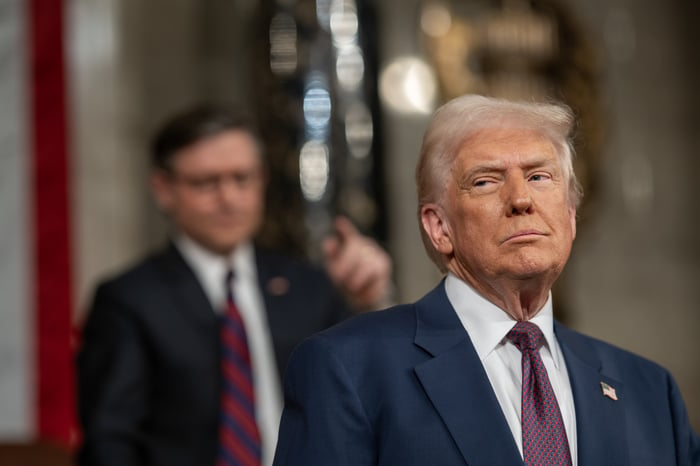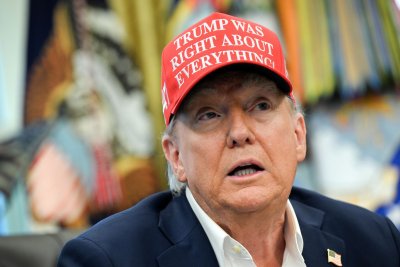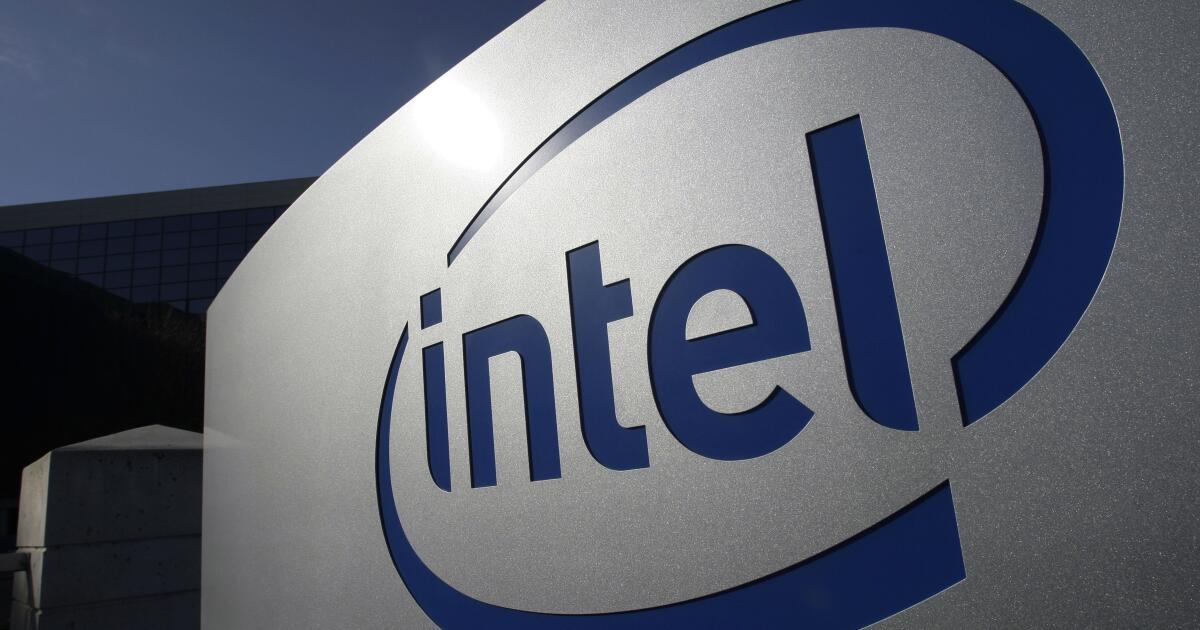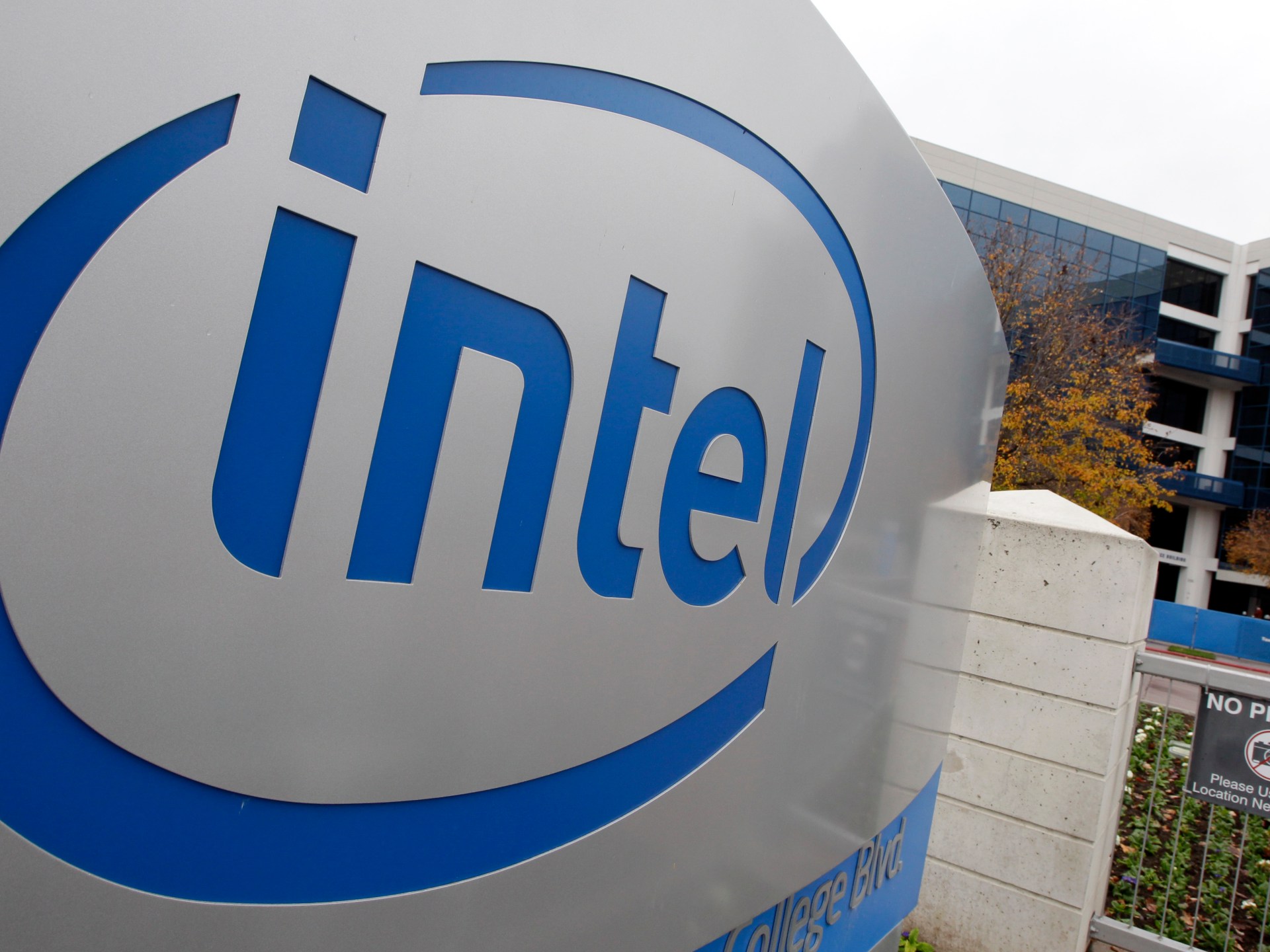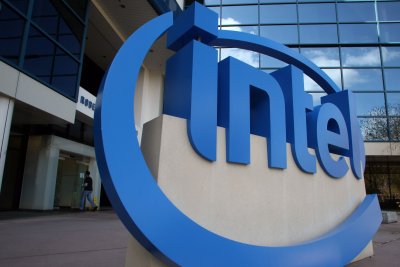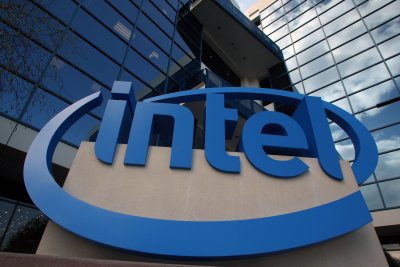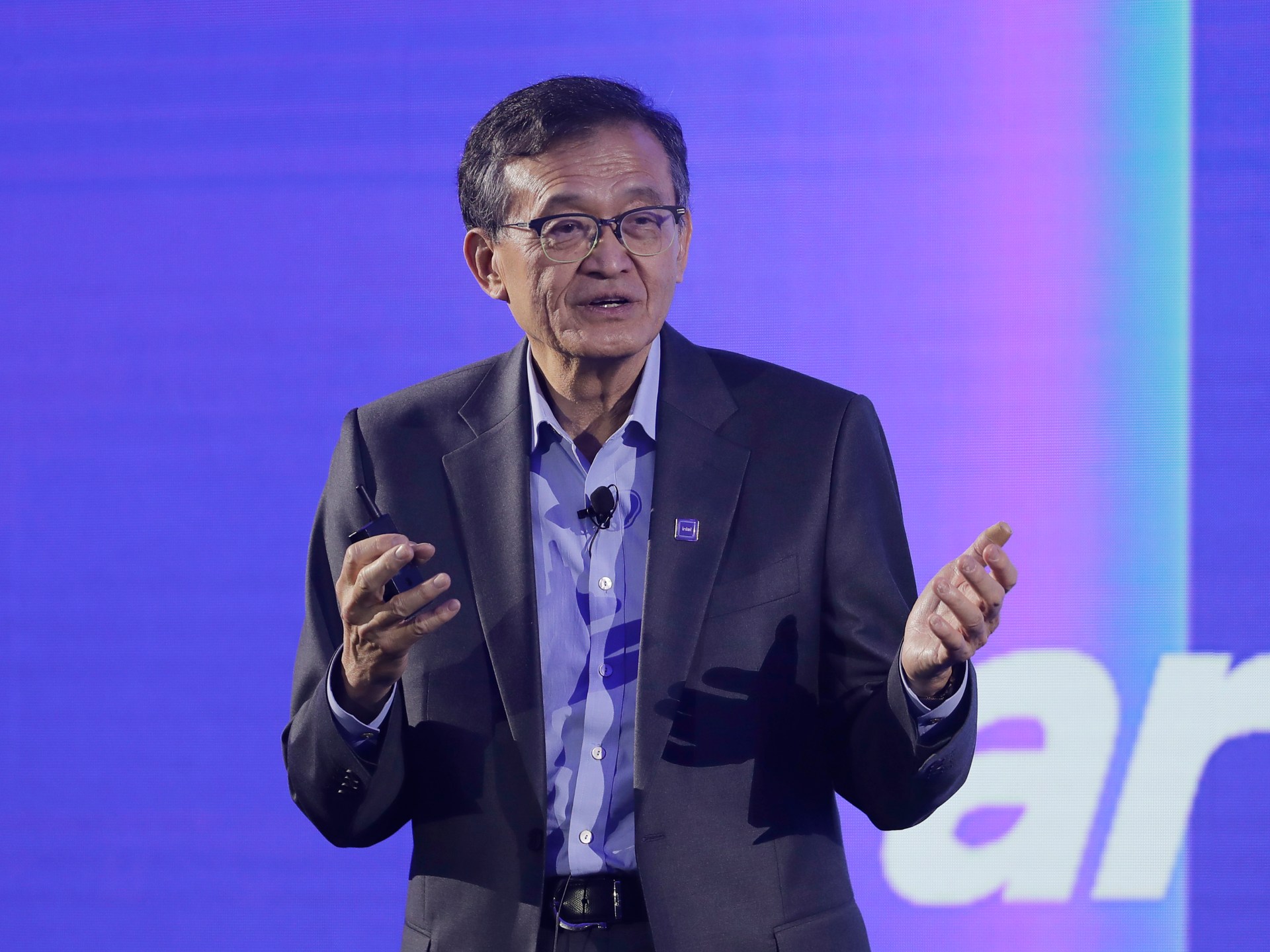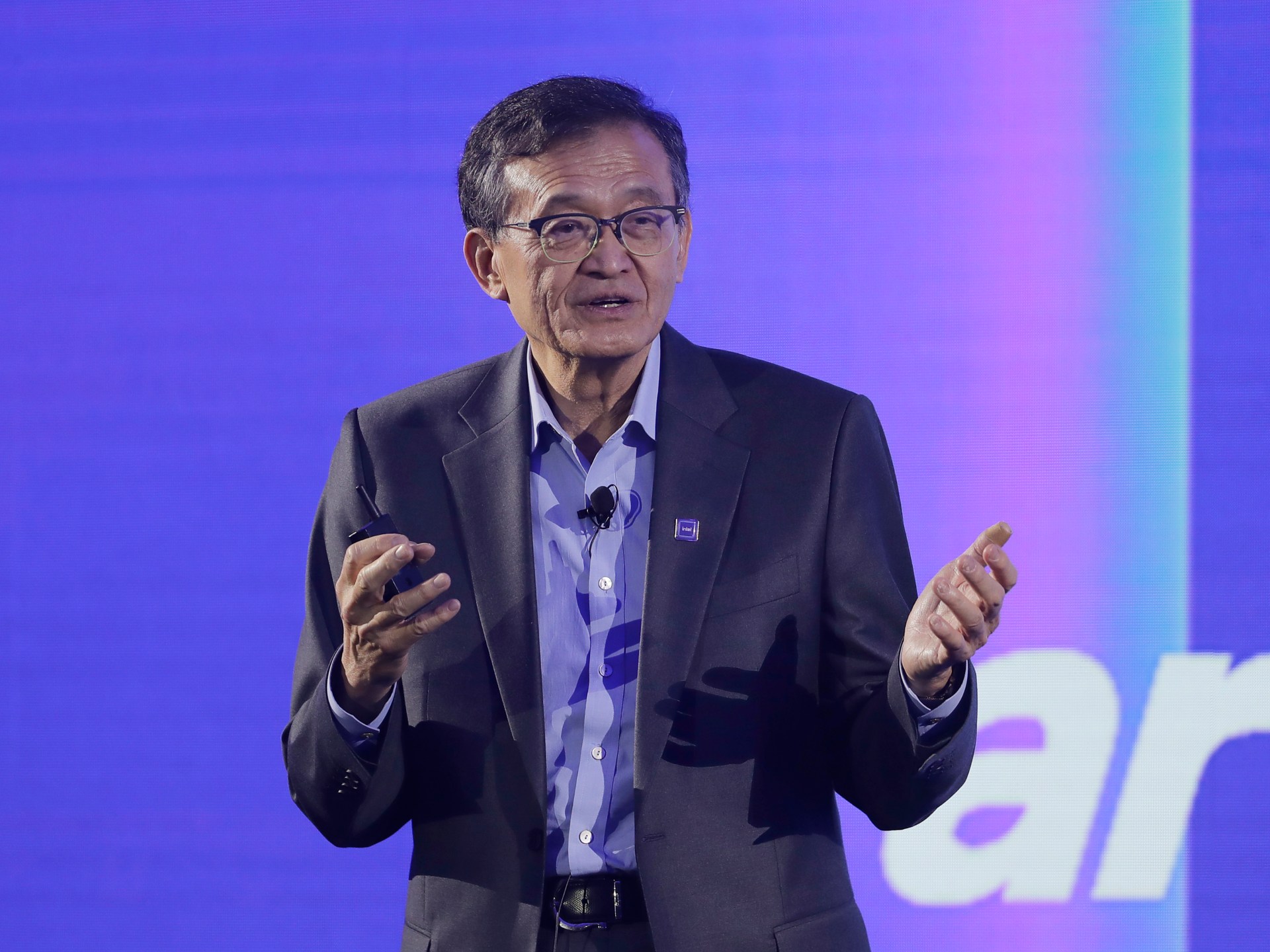U.S. To Give Ukraine Intel For Attacks On Critical Energy Targets In Russia: Reports
Reports indicate that the United States has agreed to provide Ukraine with targeting intelligence for its long-range strikes against Russian energy infrastructure. For many months now, Ukraine has been waging a campaign to degrade Russia’s oil and natural gas infrastructure, depriving it of critical resources for its offensive in Ukraine as well as revenue from energy exports.
According to an article in the Wall Street Journal, which cites unnamed U.S. administration officials, and another report from Reuters, the new policy is being adopted ahead of a possible transfer of longer-range and harder-hitting weapons that can be used against the same kinds of targets, and potentially others deep in Russia.

The officials who spoke to the WSJ reportedly said that President Donald Trump had recently signed off on the sharing of intelligence for the Ukrainian strikes, although the caveat that only attacks on energy infrastructure are covered is significant. Targeting data will be provided to Kyiv by U.S. intelligence agencies as well as the Pentagon. Meanwhile, U.S. officials are said to be pushing NATO allies to do the same.
This would be the first time, officially at least, that the Trump administration provides Ukraine with this kind of intelligence for its long-range strikes.
In the meantime, Ukraine has been repeatedly using long-range one-way attack drones, and to a lesser degree, cruise missiles of its own design, to hit Russian refineries, pipelines, power stations, and related infrastructure far beyond the front lines.
Videos showing purported Ukrainian strikes on Russian oil refineries in March 2024, involving long-range one-way attack drones:
The hope is that the new U.S.-supplied intelligence will make these raids more destructive.
At the same time, a Ukrainian delegation has arrived in Washington this week to work on a new agreement with the Trump administration that would see Kyiv sharing its drone technology with the United States, in exchange for a so-far undecided compensation, perhaps in the form of additional arms.
As to what might come next in terms of longer-range and more powerful weapons, should the United States agree to provide them, there is already much speculation that the Tomahawk land-attack cruise missile might be included. The prospect of Ukraine getting its hands on the Tomahawk, which can strike targets at a range of almost 1,000 miles, carrying a 1,000-pound unitary warhead, has already caused some alarm among pro-Kremlin military bloggers, as seen in the video below.
Ukrainian President Volodymyr Zelensky has confirmed that he had requested Tomahawks from Trump, after which U.S. Vice President JD Vance said that the United States was considering Ukraine’s request.
However, there is no guarantee that the Tomahawk transfer to Ukraine will be approved. As it stands, these highly accurate — and expensive — cruise missiles have only ever been exported to a handful of countries, and only in ship- and submarine-launched form.

The same officials explained that the Tomahawk was just one option being discussed, with others including the Barracuda, from Anduril. This is described by the company as an “expendable autonomous air vehicle,” but is essentially a low-cost, highly modular, air-breathing precision standoff munition. The Barracuda-500, for example, has a maximum range of 500 miles and carries a payload of up to 100 pounds. Currently, it is exclusively for air-launched applications, but it is built to be adapted to ground launch as well.
“Other American-made ground- and air-launched missiles that have ranges of around 500 miles” are also being considered, the officials said.

Washington has already approved the transfer to Ukraine of thousands of Extended Range Attack Munitions (ERAM). These are another new and relatively low-cost standoff missile, although it’s unclear whether Kyiv will be able to use the new weapon to strike targets deep within Russia. Previously, unnamed U.S. officials suggested that such targets are off-limits for American-made weapons, at least for the U.S.-donated Army Tactical Missile System (ATACMS).
The ERAMs, which have a range between 150-280 miles and are stated to be air-launched, at least initially, may well have already begun to arrive in Ukraine. The first lot of 840 ERAMs is split between two designs, produced by CoAspire and Zone 5 Technologies, respectively. These are to be delivered by the end of October 2026.
As for the aforementioned ATACMS, Trump halted new deliveries of this ballistic missile, first provided to Ukraine under the Biden administration. There are also now tight controls on Ukrainian ATACMS use, with each strike requiring approval from Washington. At least some requests to use them against targets in Russia have been turned down, although the weapon has seen notable use in the Kursk region, adjacent to the Ukrainian border.
Even without the delivery of additional types of U.S.-made long-range missiles and the approval to use them against targets deep in Russia, the additional intelligence will be very useful to Ukraine. Pinpointing the weakest links in Russia’s energy infrastructure is especially critical if Ukraine continues to rely on lower yield, less capable weapons, like one-way attack drones, instead of advanced cruise missiles that pack heavy warheads.
There remains the possibility that long-range weapons might be provided by Ukraine’s non-U.S. allies.
Germany, for example, has been consistently linked with a transfer of Taurus air-launched cruise missiles to Ukraine, although this has, so far, been turned down by the government in Berlin. Nevertheless, German military officials have supported the idea of sending Kyiv weapons of this kind.

“Ukraine needs assistance in three key areas of confronting Russian aggression: air defenses, the ability to hold the front line, and the ability to strike deep into Russia,” explained Brig. Gen. Joachim Kaschke, responsible for German military aid to Ukraine. “When the Ukrainian defenders are facing a numerically superior adversary, they have to take the fight beyond the front lines,” he added.
Previously, the United Kingdom, France, and Italy have provided Ukraine with Storm Shadow and the similair SCALP-EG air-launched cruise missiles, which have seen extensive use.
Kyiv has used a wide variety of homegrown long-range one-way attack drones to attack Russian energy infrastructure.
It also has available the Long Neptune, an extended-range version of the land-attack version of the Neptune anti-ship missile. Ukraine famously used Neptune missiles to sink the Russian Navy’s Slava class cruiser Moskva in 2022 and reportedly began developing a new land-attack version in 2023. The numbers of these weapons is said to be very limited though.
Zelensky has said the range of the Long Neptune is in the region of 620 miles and that it has already been tested in combat.
More relevant for these kinds of strikes is the locally produced Flamingo ground-launched long-range cruise missile, unveiled in August. This weapon has a reported range of 1,864 miles and a powerful 2,535-pound warhead, making it a much farther-reaching and more destructive weapon than any missile or one-way-attack drone available to Ukraine now. Just as significantly, Ukraine is hoping to ramp up manufacturing capacity to build seven Flamingos every day by October of this year, though there are questions about how realistic any expanded production goals might be.

While there have been questions about the survivability of one-way attack drones and the very large and relatively crude Flamingo cruise missile, at the very least, they provide an additional headache for Russia’s hard-pressed air defenses, and it’s clear that a significant proportion of these attacks result in damage to energy infrastructure.
Interestingly, it appears that Russia has been stepping up its own attacks on Ukrainian energy infrastructure in recent weeks. This may well signal the start of a new winter offensive, repeating Russian tactics of previous years.
The new intelligence-sharing policy and the possibility of new long-range missiles being cleared for transfer to Kyiv appear to indicate a changing approach from the Trump administration.
After he took office in January, Trump made efforts to broker a ceasefire. However, despite offering Russian President Vladimir Putin economic and commercial incentives, this hasn’t gained traction, and a series of meetings between Russian and U.S. leaders have not had any success.
Now, Trump is taking a new and harder line with Putin.
Last week, Trump took to social media to declare, for the first time, that he considers it possible that Ukraine retakes all of its territory that was lost to Russia. He also called upon NATO allies in Europe to shoot down Russian aircraft if they enter alliance airspace.

It seems that, with an eye on the battlefield situation, where Russia continues to make only slow progress, Trump is now turning up the heat on Putin, something that we have discussed in detail in the past.
Of course, approving the delivery of additional long-range weapons would be an even bolder action.
Already, Kremlin officials are talking about the possibility of Tomahawks arriving in Ukraine.
“The question remains: Who can launch these missiles, even if they end up on Kyiv regime territory?” Kremlin spokesman Dmitry Peskov said earlier this week. “Can only Ukrainians launch them, or will the American military do so? Who is assigning the targeting to these missiles? This requires a very thorough analysis.”
Whatever decision Washington makes on the long-range weapons, the expanded intelligence-sharing with Kyiv underscores the fact that the United States is willing to provide more support for Ukraine, including its direct strikes deep inside Russia aimed at Moscow’s prized energy production capabilities. It may well also suggest that Trump sees this as the next step in pressuring Russia to sit at the negotiation table.
Contact the author: [email protected]










